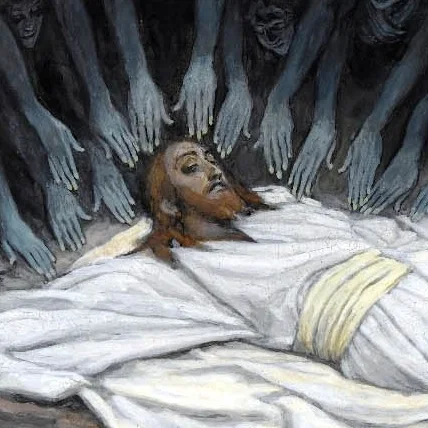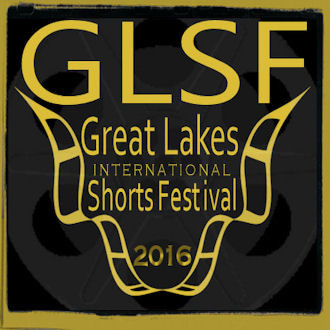Jesus' Nativity in Art: The Hours of Catherine of Cleves, an Illuminated Book
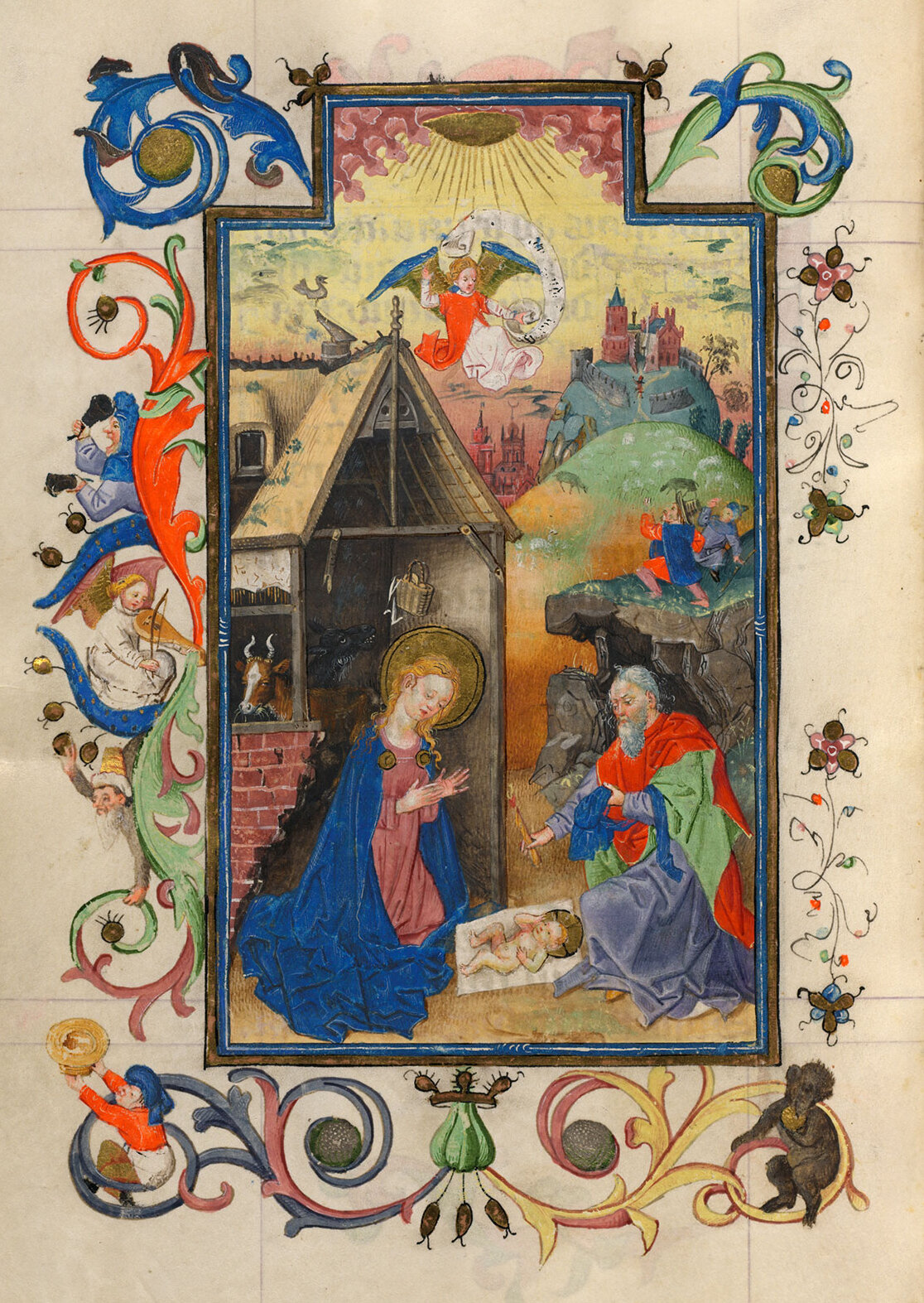
Illuminated books are beautifully decorated texts created using gold leaf, silverpoint, vellum, and mineral-derived paints. Manufacturing of these exquisite books dates as far back as the 13th century.
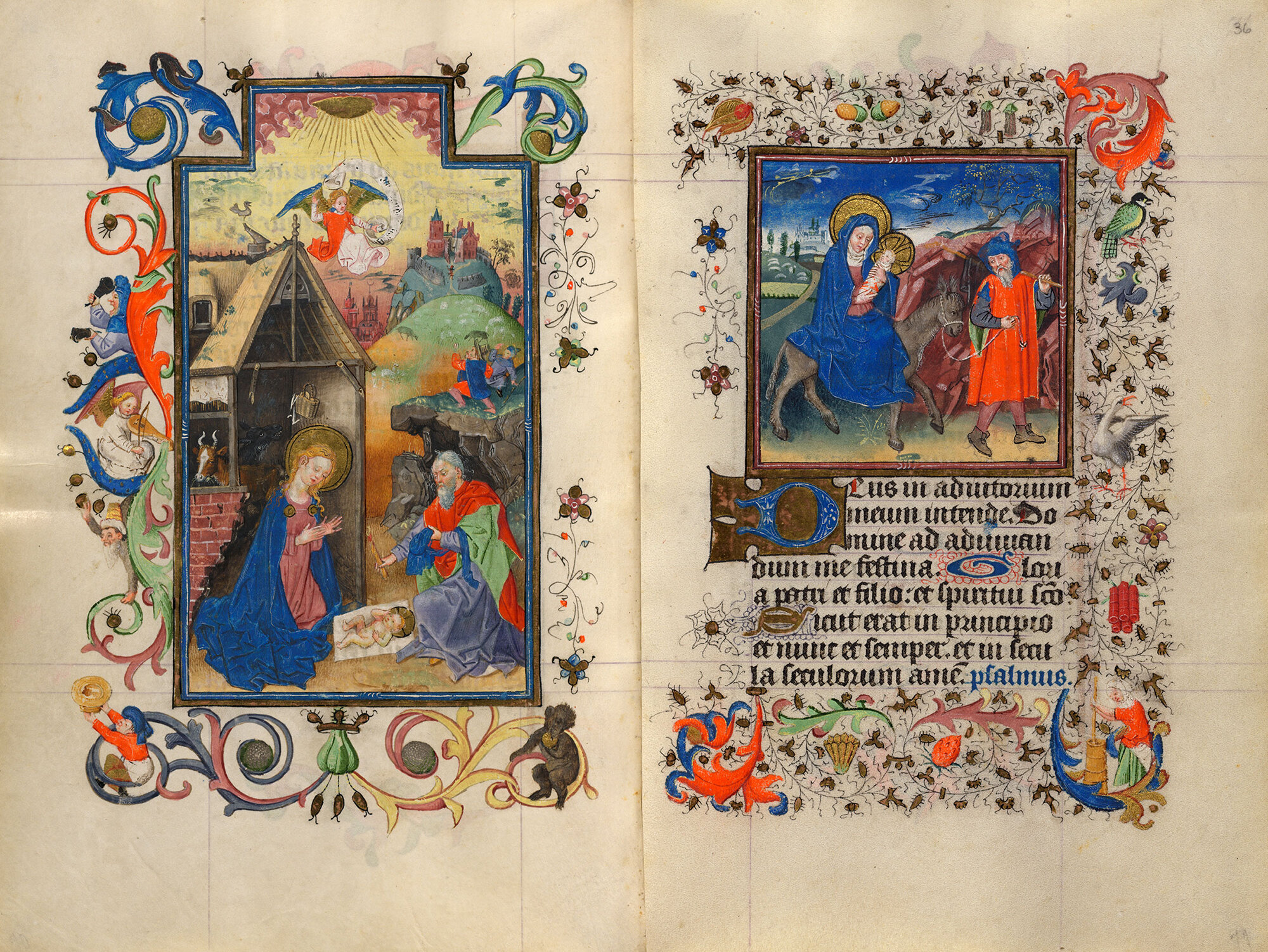
One of these books is The Hours of Catherine of Cleves, dated to the 15th century and the greatest Dutch illuminated manuscript in the world. The two pages above represent the birth of Jesus (left) and the flight into Egypt (right). Books of hours were used for personal prayers and devotions.
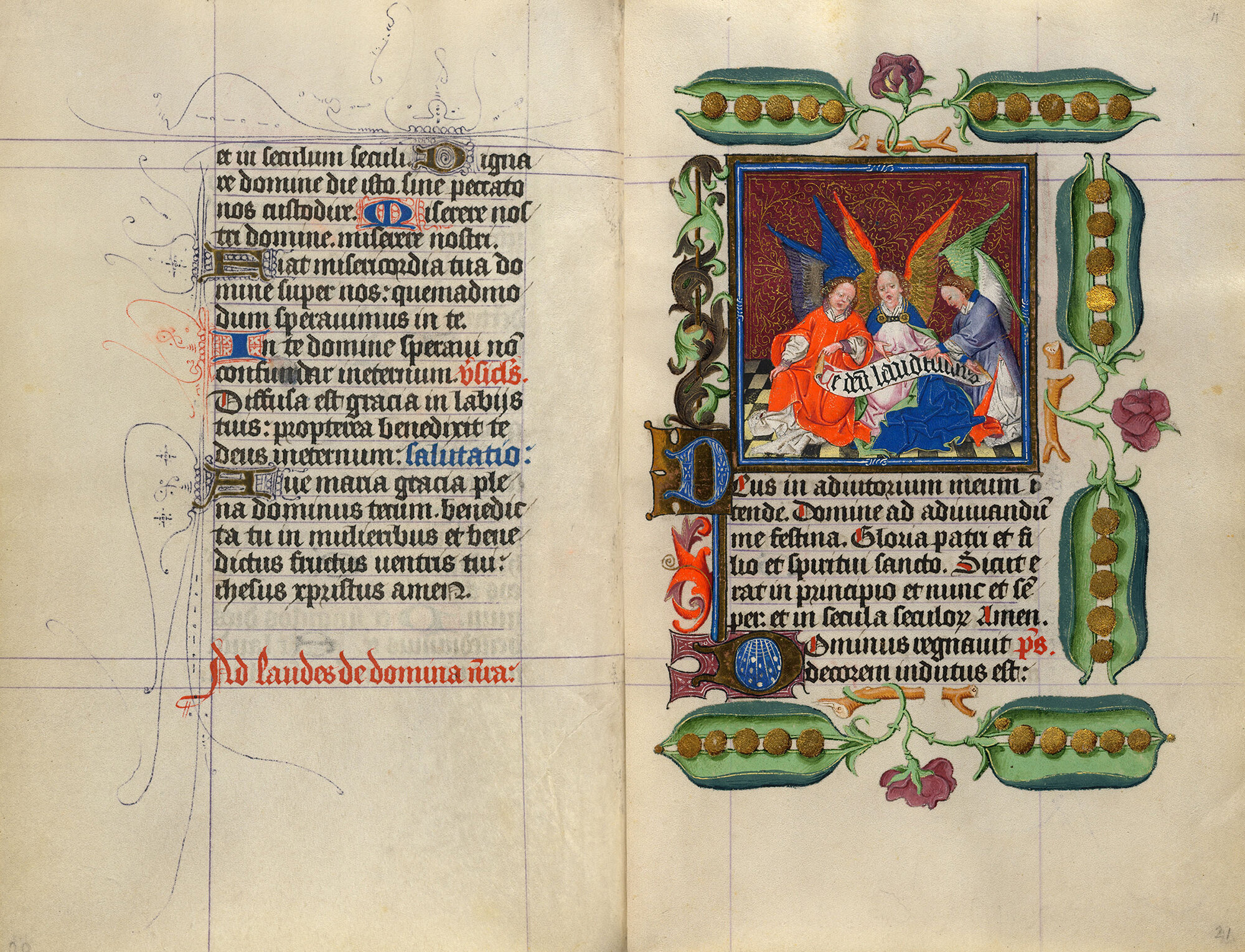
This book was written in latin and richly decorated with elements from nature: plants, flowers, leaves, branches, and animals.
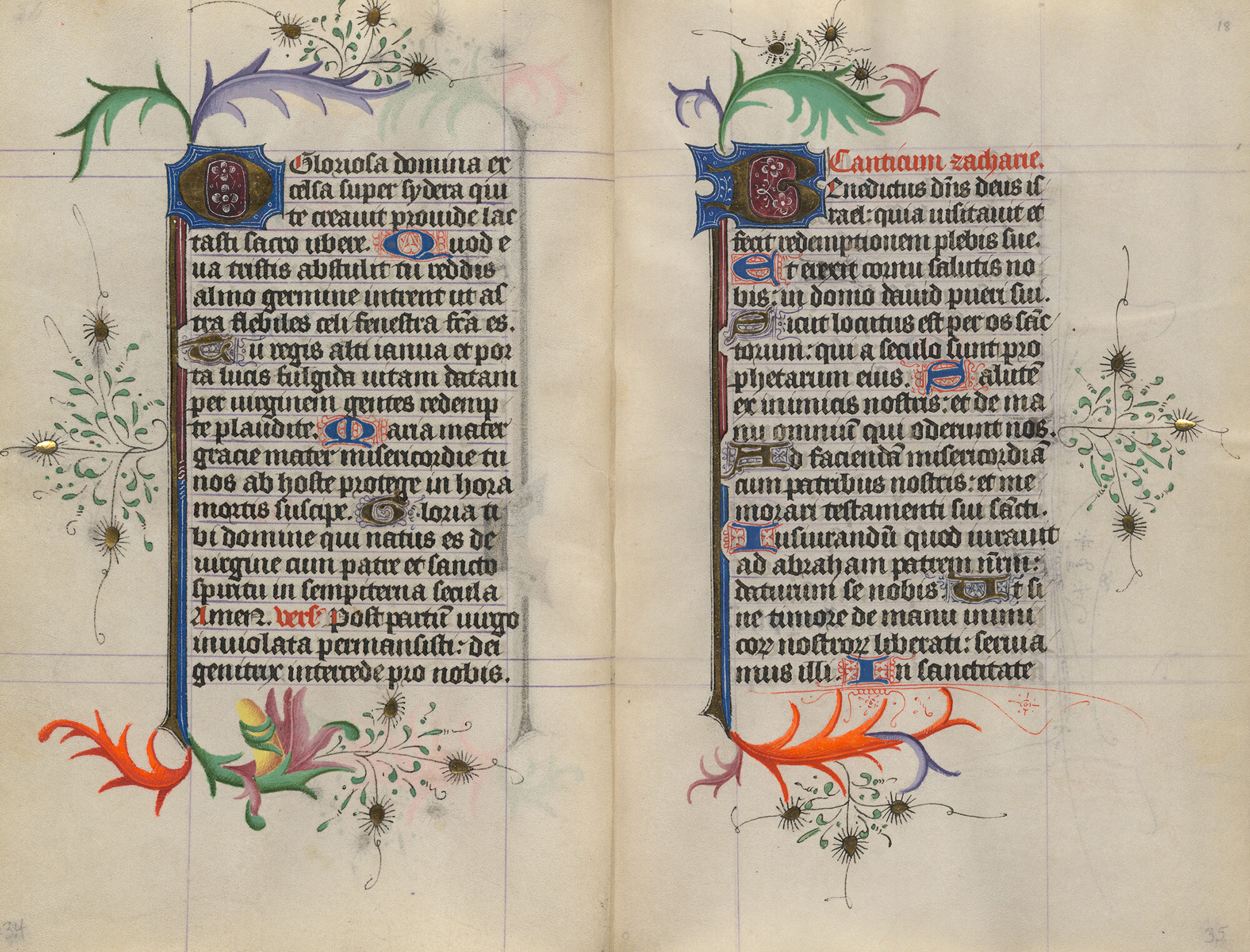
Highly detailed and beautifully decorated, this manuscript was illustrated, gilded, and written by hand, requiring a high degree of craftsmanship. Several artisans, each with different skills, were involved in its production. The scribe wrote the text and the illuminator added the decorative elements.
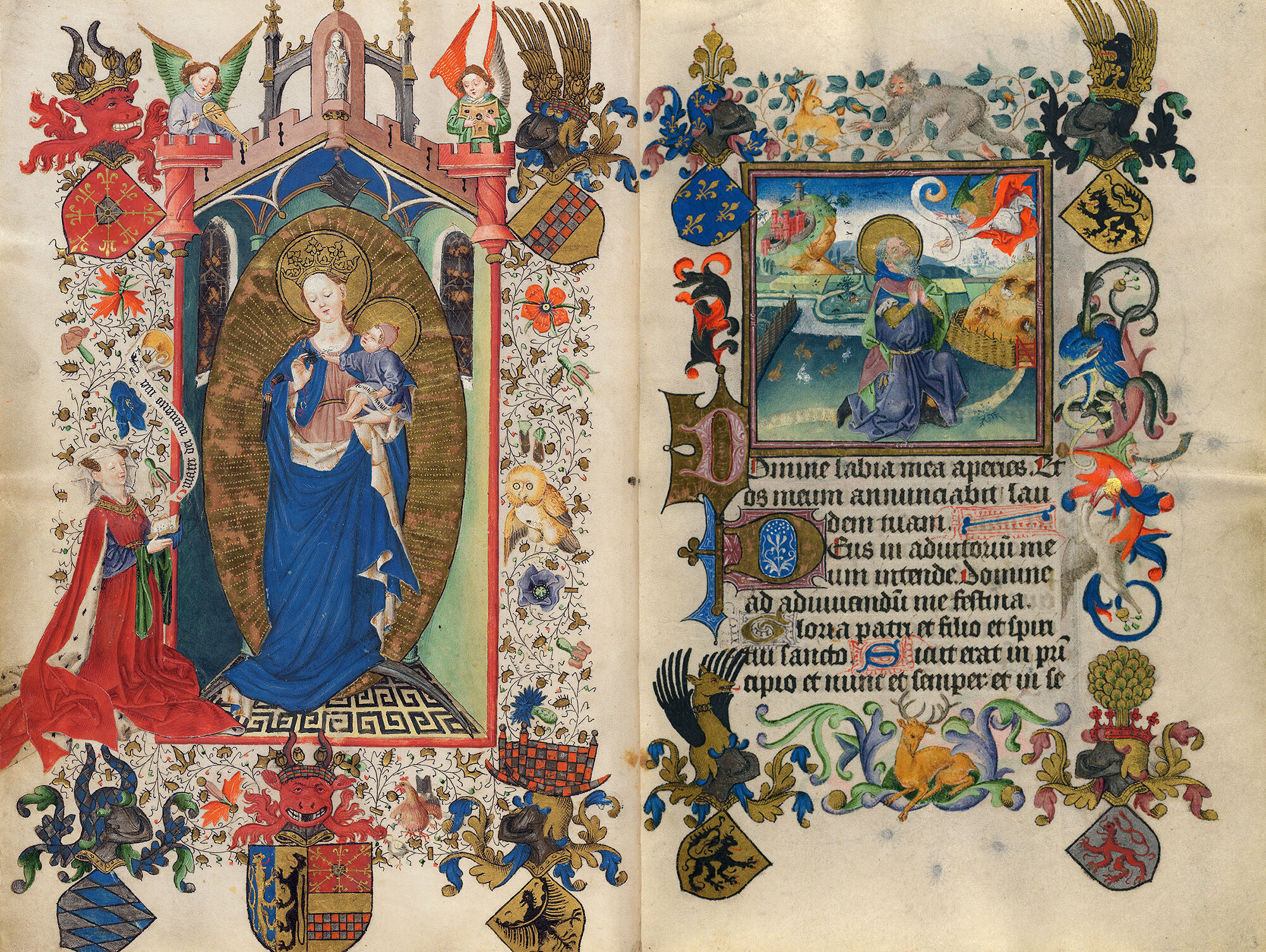
The word “illuminated” means “lit up”. Bright colors and shiny gold and silver pigments were used to give the lit-up effect to these texts. The pages were made from animal skins, or parchment, and they have a beautiful texture and are very durable.
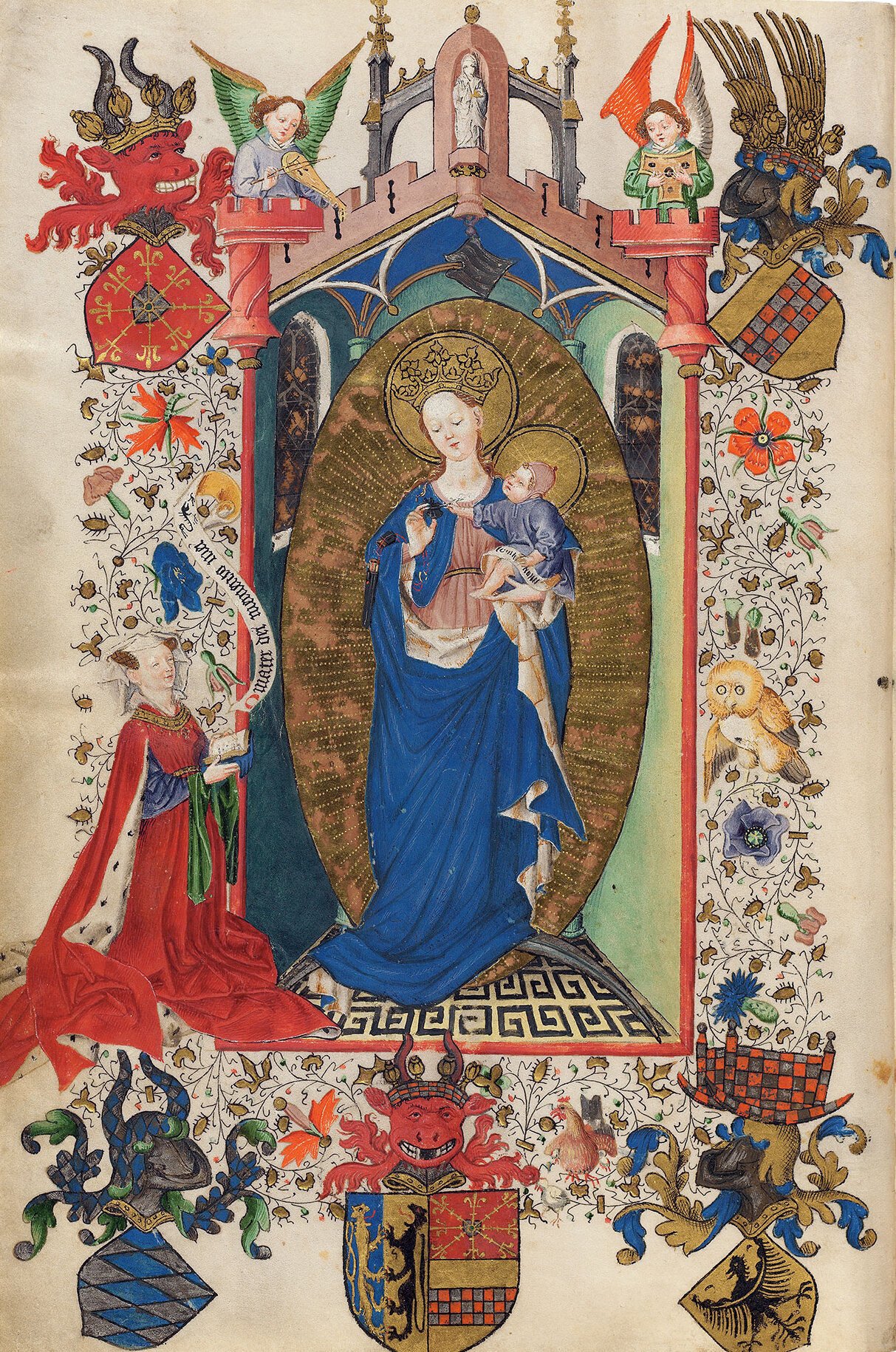
This Book of Hours was commissioned by Catherine of Cleves, a French noblewoman, as her own personal devotional. On this page, we see Catherine herself, on the lower left and wearing a red dress, as she worships the Virgin and Child.
This impressive manuscript is housed at the Morgan Library and Museum in New York City.
BLOG ARCHIVE
It is remarkable and surprising that women play such a prominent role in the gospels as the first witnesses to the resurrection of Jesus.
The Gospels give accurate details about Jesus’ travels and distances to the places he visited.
On Easter morning, John and Peter, after hearing Mary Magdalene’s report that Jesus’ body was missing, raced to the tomb.
A bold move from one of the members of the Sanhedrin.
Holy Week in Art: the Resurrected Jesus Appears to Mary Magdalene.
On the fifth day of Holy Week, Jesus is arrested after Judas betrays him with a kiss.
On the fifth day of Holy Week, Judas and his disciples celebrate the passover meal.
On the third day of Holy Week, Judas Iscariot negotiates with the Sanhedrin to hand Jesus over.
On the third day of Holy Week, the religious leaders confront Jesus in order to entrap him.
On the second day of Holy Week, Jesus cleanses the temple.
On Palm Sunday, Jesus enters Jerusalem on a donkey and is greeted by great crowds.
Illuminated books are beautifully decorated texts.
Mosaic, a beautiful and long-lasting art form.
A new collection of miniature portraits of Jesus that fit in any small space.
Creatinine and ferritin iron nanoparticles found on the Shroud of Turin.
A beautiful and otherworldly depiction of an exhausted Jesus surrounded by angels.
A lovely locket pendant with miniature Jesus portrait based on the Shroud of Turin.
The Shroud of Turin would be of limited interest as an ancient artifact were it not for the fact that the gospel of Mark mentions that Joseph of Arimathea wrapped Jesus' body in a linen cloth for burial.
Our movie Jesus Alive Again has been accepted to compete at GLSF.
Two newly discovered molecules shine light into the aroma of the ancient resin.




















